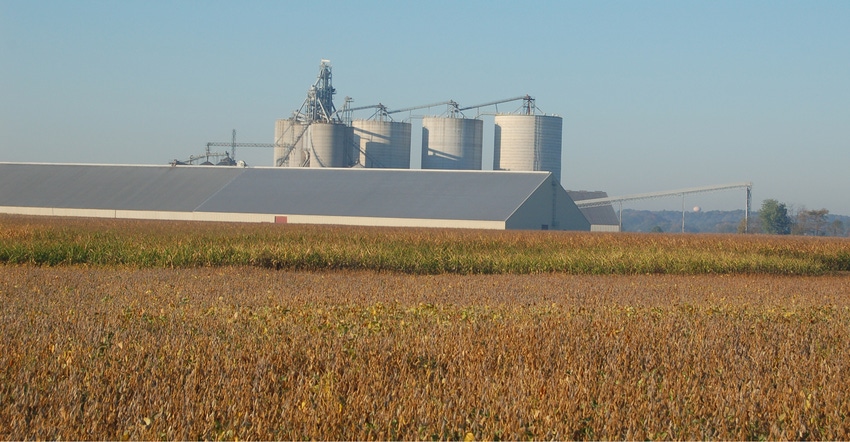October 22, 2018

Where there’s smoke, there’s fire. The old cliché stands the test of time, because often if there’s “smoke,” there’s at least some truth to the issue causing rumblings.
In this case, the “smoke” is reports of reduced grain quality when it comes to U.S. corn shipped to foreign buyers. For years, U.S. farmers enjoyed a reputation as suppliers of quality corn. Some within the industry say that’s no longer the case. Sometimes foreign buyers look elsewhere for corn first, and it’s not because of tariffs or GMOs. Outside of Europe and sometimes China, depending upon which GMO trait they’re holding hostage, that’s often less of an issue today.
Corn quality
Gary Woodruff is a regional manager for GSI with 40 years of experience in the grain storage and handling industry. He says some U.S. farmers either have forgotten the basics of maintaining quality grain, or if they’re young enough, have skated by without learning about grain management.
When corn prices were high and there was less incentive to store grain, and when weather patterns didn’t deliver very warm falls, many people got by binning corn at higher moisture levels than recommended by universities and industry experts. From the early 2000s until 2017, one could argue that grain remained in storage for shorter time intervals and stayed in better condition. Now that pipelines are full of corn in the U.S. and many grain handling experts from eras when grain was held longer have retired, there’s a premium on people who know how to manage grain when it must be stored for longer periods.
The net result is that some large grain companies are faced with moving lower-quality grain domestically and insisting on lower-moisture grain to ship overseas to foreign buyers.
Corn only has so much shelf life, Woodruff says. If that shelf life is used up in on-farm storage because it’s binned wet or not aerated correctly, it can go out of condition quickly once in channels headed overseas. Foreign buyers don’t want it, and companies selling to them have no choice but to insist on drier, high-quality corn that will hold up in shipment.
Past and future
Woodruff says agriculture has seen these periods before. He looks back to the ’80s, ’50s and even the ’20s, before shelled corn, and finds periods when there wasn’t an intense need for knowledge in storing product. Times were good, and people who didn’t always follow the rules could still make it work.
Perhaps a contributing factor is that many universities have put priorities elsewhere, rather than helping farmers learn how to store grain. Woodruff notes that while there was once well over a hundred trained specialists in grain storage, the list is much shorter today. Fortunately, Purdue University Extension still sees the topic as important and has one of the stronger grain management education programs, led by Klein Ileleji. Many other states haven’t followed suit.
It’s time to regain our reputation as a quality supplier of all ag products, including corn. The customer is always right and deserves the quality he or she has come to expect. If it means putting more effort into re-educating ourselves about grain handling and storage, that’s what it may take. The result will be better export potential and more dependable markets for everyone.
Comments? Email [email protected].
You May Also Like




